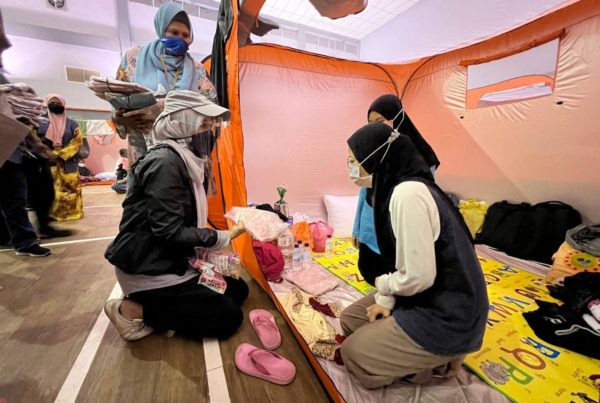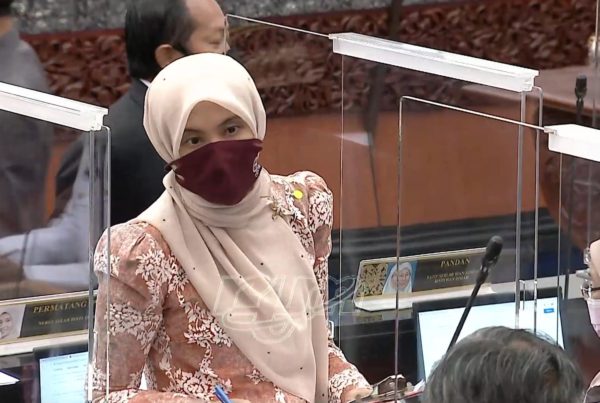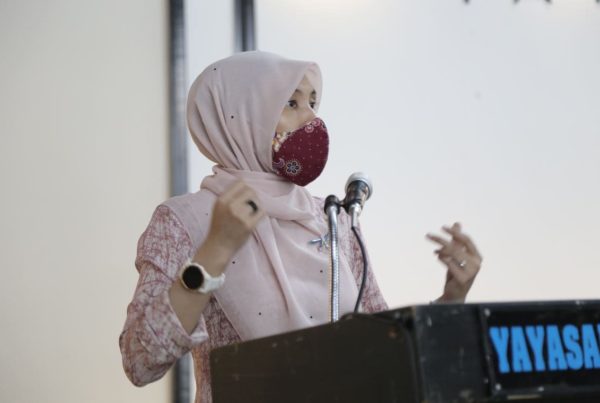Did you know that cities like London and New York have population caps? It means that unless there is infrastructure, the authorities cannot allow more people to live in the city!
That is what Kuala Lumpur needs! We must build up public transport and the infrastructure so be able to support a large enough number before allowing more persons to live within the city centre. The facilities have to be built beforehand!
Where is the RM4.4 billion the Government promised to spend on public transport from the previous fuel price hike??
Read the article below.
More people, fewer jams? |
Khairiah with copies of the Kuala Lumpur draft plan. |
KUALA LUMPUR: Increasing Kuala Lumpur’s population will help to reduce traffic congestion in the city, says a city planner.
This was the response of Khairiah Talha who was involved in drafting the Kuala Lumpur City Plan 2020 which has led to many protests by residents.
On the contentious issue of increasing the city’s population density (by 600,000 people), Khairiah explained that it is about getting more people to work and live KL and leading to much less traffic congestion.
“The main idea was to get people to live in the city, and not just work there. If more people live here, more people will use public transport, reducing the problems of heavy traffic and pollution. Now people work in the city, but live in the outskirts.”
She said with more people living in the city, there would be greater demand for products and services, including public transportation and parks, which would create economic and social growth.
“When more people use public transport, the industry thrives and services improve. One good example is the Bandar Tun Razak LRT station. It is near houses and it has a community complex.
“Residents can shop and eat at the stalls, and play badminton after work at the public courts. There is also parking, so it is convenient for the residents to use the LRT,” she said, adding that such plans have worked wonders in crowded cities around the world including Bangkok and Hong Kong.
She added that if more people live in the city, it will become livelier, and crime rates will go down as the city is not “empty” at night.
She explained that half of the population growth is focused on three areas – the city centre, Bukit Jalil Seputeh and Sentul Menjalara, where public transportation is already established.
The current population per hectare for these areas is 73 persons in Bukit Jalil Seputeh, 80 in the city centre, and 74 in Sentul Menjalara.
By 2020, the population of these areas will increase by about 350,000, with the rest of the 600,000 spread over the rest of Kuala Lumpur.
But with the price of land in Kuala Lumpur so high, isn’t it too ambitious to get people, especially those in the middle-income group, to live in the city?
“That is why we always stress developers should also build affordable houses, especially high-rises, instead of building luxury landed homes that only one group can afford. It also means more open space for public use,” she said.
Khairiah said it boils down to the mentality of KL-ites, whether Kuala Lumpur becomes a world class city or not, and they should not just depend on the authorities to make it a reality.
She clarified that the KL City Plan is not subject to the National Physical Plan, an issue raised by those opposing the draft plan.
She said Kuala Lumpur has its own Federal Territory (Planning) Act 1982 which governs the Kuala Lumpur Structure Plan 2020, and the City Plan which is still ongoing.





